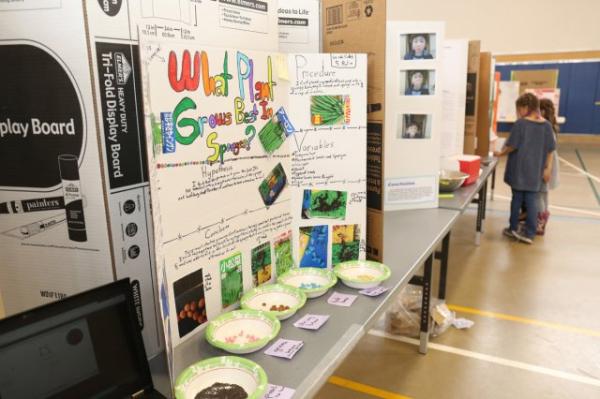Each year, the Society for Science & the Public and the biotech company Regeneron sponsor a science talent search (STS) - the most prestigious science and math competition for seniors in high school. For 77 years, this contest has selected and given money rewards to some of the leading young math and science talent in the country.
In the competition, young scientists present original research to the judges, who happen to be nationally recognized professional scientists. In fact, some of the alumni from the science talent search have gone on to become leaders in the science and medicine field. In fact, winning prizes for their achievements did not stop in high school as some of them have won the Nobel Prize and the National Medal of Science.
Not only does the talent search bring prestige, but, also some nice spending money for college. This year, 40 finalists walked away with awards that totaled $1.8 million - in prizes from $40K to $250K.
So, what does the younger generation think are the most pressing scientific questions of the moment?
The top project in the science talent search developed a mathematical model that uses disease data to predict how weather patterns could spread spores of late blight fungus, which caused the Irish Potato Famine. The plant disease still causes billions of dollars in global crop damages annually.
Other winning projects were to
- Examine the response of lung epithelial cells to fluids used in vaping.
- Determine if women with Turner syndrome, a rare disease in which all or part of a woman’s second sex chromosome is missing, may have some cells with two X chromosomes.
- Engineer an internet-enabled microwave oven capable of simultaneously heating different foods on the same plate to optimal temperatures without requiring user input.
- Study the patterns of sequential prime numbers.
- Discover a new compound that may be useful in improving rechargeable battery technology.
- Create a system that may improve the ability of convolutional neural networks to understand complex scenes.
- Study of perovskite crystals used in solar cells - identifying key properties of the perovskite’s atomic structure that make it a highly efficient semiconductor.
- Create a smart bionic leg brace that bends the knee automatically as the wearer walks.
- Study honey, soil and tree contamination levels following an insecticide-spraying incident in 2013 in Oregon that killed more than 50,000 bees.
So, yeah - not exactly your average baking soda volcano or which direction does a plant grow in relation to the sun. It's heartening to know that these young adults (and many others like them) will be leading our future in scientific and engineering.




